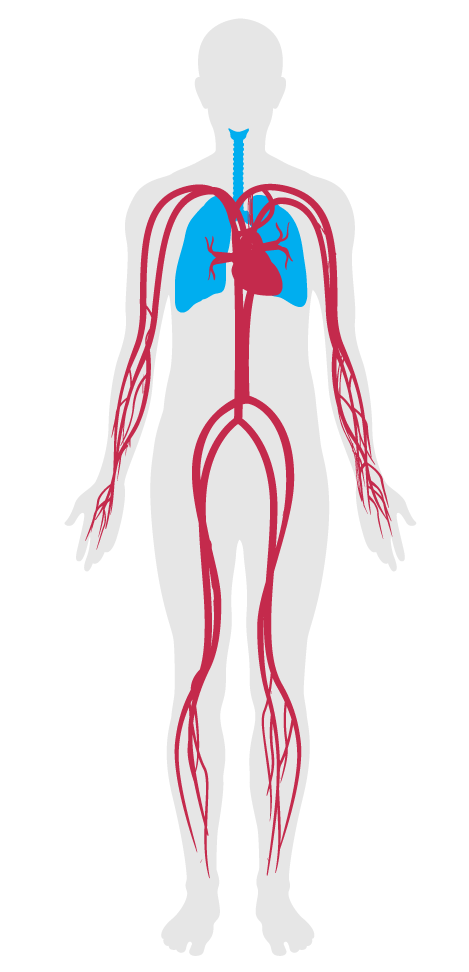Operable windows
- 01 Air quality standards
- 02 Smoking ban
- 03 Ventilation effectiveness
- 04 VOC reduction
- 05 Air filtration
- 06 Microbe and mold control
- 07 Construction pollution management
- 08 Healthy entrance
- 09 Cleaning protocol
- 10 Pesticide management
- 11 Fundamental material safety
- 12 Moisture management
- 13 Air flush
- 14 Air infiltration management
- 15 Increased ventilation
- 16 Humidity control
- 17 Direct source ventilation
- 18 Air quality monitoring and feedback
- 19 Operable windows
- 20 Outdoor air systems
- 21 Displacement ventilation
- 22 Pest control
- 23 Advanced air purification
- 24 Combustion minimization
- 25 Toxic material reduction
- 26 Enhanced material safety
- 27 Antimicrobial activity for surfaces
- 28 Cleanable environment
- 29 Cleaning equipment
- P9 Advanced cleaning
19. Operable windows
Achieving natural ventilation through open windows, doors and louvers can provide a positive occupant experience, but challenges the ability to maintain strict control over interior air quality. When weather and local ambient parameters indicate high quality outdoor air, WELL encourages the use of natural ventilation strategies. Open windows can then provide a supply of fresh air and lower the levels of carbon dioxide and VOCs, such as formaldehyde, without compromising indoor air quality.
This feature requires that local outdoor air quality conditions, including annual prevailing breeze patterns and average contaminant levels, be analyzed before integrating operable windows into the design.
The following requirement is met:
Outdoor levels of ozone, PM₁₀, temperature and humidity are monitored based on the following requirement, and data collected is made available to the building occupants:
If the outdoor air measurement system indicates that outdoor air either (i) exceeds ozone levels of 51 ppb or PM₁₀ levels of 50 μg/m³; (ii) has a temperature of 8 °C [15 °F] above or below set indoor temperature; or (iii) has a relative humidity above 60%, then one of the following is used to discourage occupants from opening windows:

Applicability Matrix
| Core & Shell | New & Existing Buildings | New & Existing Interiors | |
|---|---|---|---|
| Part 1: Full Control | O | O | O |
| Part 2: Outdoor Air Measurement | O | O | O |
| Part 3: Window Operation Management | O | O | O |
| Part 4: (OLD) Natural Ventilation Standards | - | - | - |
| Commercial Kitchen | Education | Multifamily Residential | Restaurant | Retail | |
|---|---|---|---|---|---|
| Part 1: Full Control | O | O | P | O | O |
| Part 2: Outdoor Air Measurement | - | O | - | O | O |
| Part 3: Window Operation Management | - | O | - | O | O |
| Part 4: (OLD) Natural Ventilation Standards | - | - | - | - | - |
Verification Methods Matrix
| Letters of Assurance | Annotated Documents | On-Site Checks | |
|---|---|---|---|
| Part 1: Full Control | Architect | Architectural Drawing | Spot Check |
| Part 2: Outdoor Air Measurement | Architect | Policy Document | Spot Check |
| Part 3: Window Operation Management | Architect | Spot Check |
| 19.1.a |
The International Living Future Institute's Living Building Challenge 3.0 Imperative 07 requires full control of windows. |
